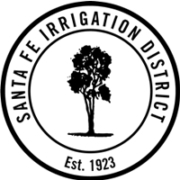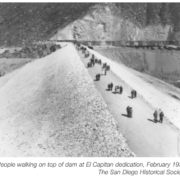Southwest Drought Worsens As Hot June Weather Arrives
June is here and the heat is on across many areas of the southern U.S., including the Four Corner states. Despite some recent precipitation, which helped lower drought numbers in some counties, overall conditions continue to intensify and expand. Rivers and watering holes across different areas of Utah, Arizona, Colorado and New Mexico are drying up, forcing the closure of popular mountain recreation areas. Water restrictions are becoming the norm across the region.




